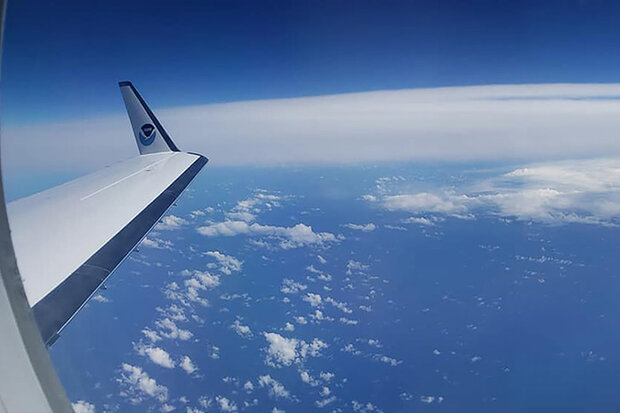Wrapping up the 2022 Atlantic hurricane season

A view from the window of a hurricane-monitoring plane. Credit: NOAA
November 30th marked the official end to the 2022 Atlantic hurricane season. Scientists and forecasters from across NOAA worked tirelessly throughout the season to conduct critical tropical cyclone research. This year, NOAA’s Atlantic Oceanographic and Meteorological Laboratory (AOML) coordinated the longest series of missions into a single tropical system, arranged multiple observing assets for simultaneous data collection, deployed new small uncrewed aircraft system technology, and included a novel “moving nest” capability to our next-generation hurricane model.
Staff from AOML’s Hurricane Research Division and NOAA’s Aircraft Operation Center flew 72 research and operational missions on Hurricane Hunter aircraft into nine tropical systems, with eight of those ultimately becoming named tropical storms (maximum sustained surface winds of 39 mph or greater), and two becoming major hurricanes (maximum sustained surface winds greater than 110 mph).
Research missions were conducted in partnership with NOAA’s Office of Marine and Aviation Operations (OMAO), and the Office of Naval Research’s Tropical Cyclone Rapid Intensification (TCRI) program. Operational missions were tasked by NOAA’s National Hurricane Center (NHC), and NOAA’s Environmental Modeling Center to collect data and observations that are crucial for improving track and intensity forecasts. The observations gathered were entered into NOAA’s cutting-edge analysis and forecast models to help those in the path of these storms better prepare, and to help improve the understanding of tropical cyclone genesis, intensification, and dissipation.
Read more at the link below.